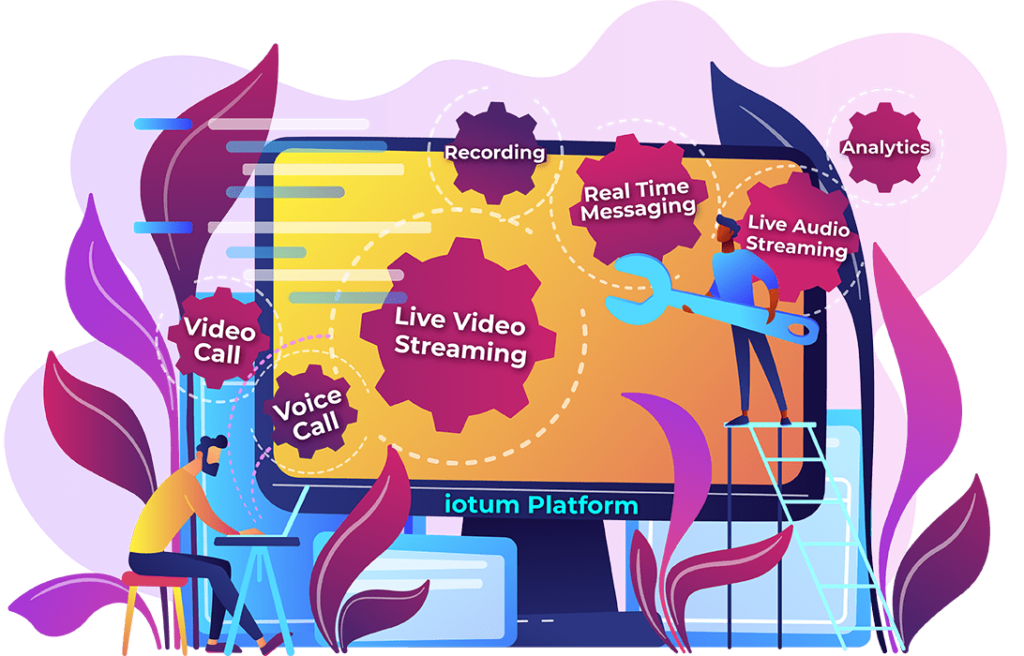The United States Citizenship and Immigration Services (USCIS) has recently introduced a new version of Form I-9, the Employment Eligibility Verification form, which is set to revolutionize the way businesses handle their employee onboarding and compliance processes. This blog can help you to understand why the form has changed and what this means for your hiring processes.
The Changing Landscape of Remote Work
The modern workforce is no longer confined to physical office spaces. Advancements in technology have empowered employees to work from anywhere in the world, leading to an increasing number of remote workers and distributed teams. Many companies have started to leverage innovative tools like video conferencing to ensure seamless communication and collaboration among their teams, regardless of their physical locations. As a result, the hiring process has changed, and companies can hire remote workers without ever meeting them in person.
Understanding the New USCIS Form I-9
Form I-9 has long been a critical component of the hiring process, mandating employers to verify the identity and employment authorization of every new employee hired in the United States. The updated version of Form I-9 incorporates various changes to improve user experience and streamline the compliance process. One of the most significant updates is the inclusion of smart fields that auto-populate based on responses, reducing errors and saving time during form completion. Additionally, the new form features clearer instructions, making it easier for both employers and employees to fill out accurately.
The USCIS Announcement and Its Impact
The recent announcement from the USCIS regarding the new Form I-9 signifies a significant milestone in the remote work landscape. With the allowance for permanent remote review for E-Verify users, employers can now conduct employment eligibility verification processes remotely. This eliminates the need for in-person verification, streamlining the onboarding process for remote employees and distributed teams.
Leveraging Integrated Solutions
To maximize the benefits of video conferencing and embedded video, organizations should consider integrating these technologies with their existing collaboration and HR tools. Integrated solutions enhance workflow efficiency, allowing seamless transitions between video conferences and other essential tasks, such as document sharing, project management, and team communication.
Video Conferencing: A Game-Changer for Remote Onboarding
The adoption of video conferencing in the employee onboarding process is becoming increasingly important, especially in a world where remote work is more prevalent than ever. Video conferencing enables businesses to conduct remote verification of employee documents, reducing the need for in-person meetings and easing the burden of paperwork logistics.
With video conferencing, HR teams can visually verify documents, such as passports or driver’s licenses, in real-time, ensuring authenticity and compliance. Moreover, it allows for face-to-face interaction, helping to establish trust and rapport between new hires and their employers, despite physical distances.
Embedded Video: Enhancing Training and Compliance Education
Embedded videos offer an engaging and efficient way to deliver essential training materials and compliance education to new employees. Companies can create comprehensive video guides that walk employees through the Form I-9 completion process, ensuring that they understand the requirements and avoid mistakes that could lead to compliance issues.
Incorporating embedded videos into their tech stack allows businesses to maintain consistent messaging across all onboarding processes, minimizing the risk of miscommunication and ensuring that every new hire is equipped with the knowledge they need to fulfill their responsibilities accurately.
Streamlining the Compliance Process
By combining video conferencing and embedded videos into their tech stack, businesses can transform their compliance process from a potentially cumbersome affair into a seamless and efficient experience. Employees can complete Form I-9 with confidence, knowing they have access to comprehensive instructions and are able to consult HR experts via video conferencing if needed.
The introduction of the new USCIS Form I-9 presents an opportunity for businesses to reevaluate their onboarding and compliance strategies. Embracing video conferencing and embedded videos as part of their tech stack can greatly simplify the verification process, reduce errors, and enhance compliance education.
By leveraging these technological advancements, companies can adapt to remote work environments, save time and resources, and ensure a smooth onboarding experience for both employees and HR teams. Ultimately, integrating video conferencing and embedded video will be a key differentiator for businesses seeking to stay compliant and competitive in a rapidly evolving employment landscape.


